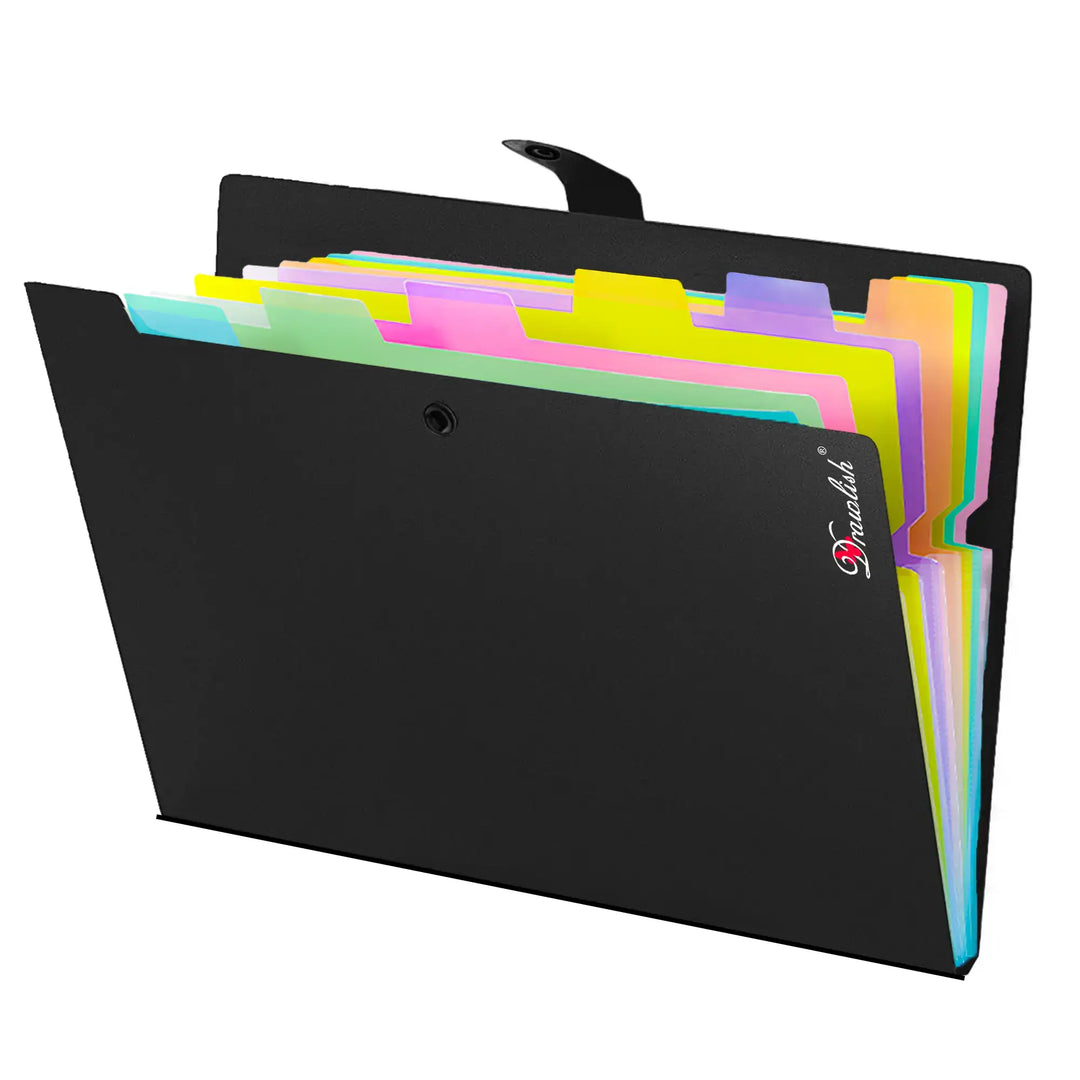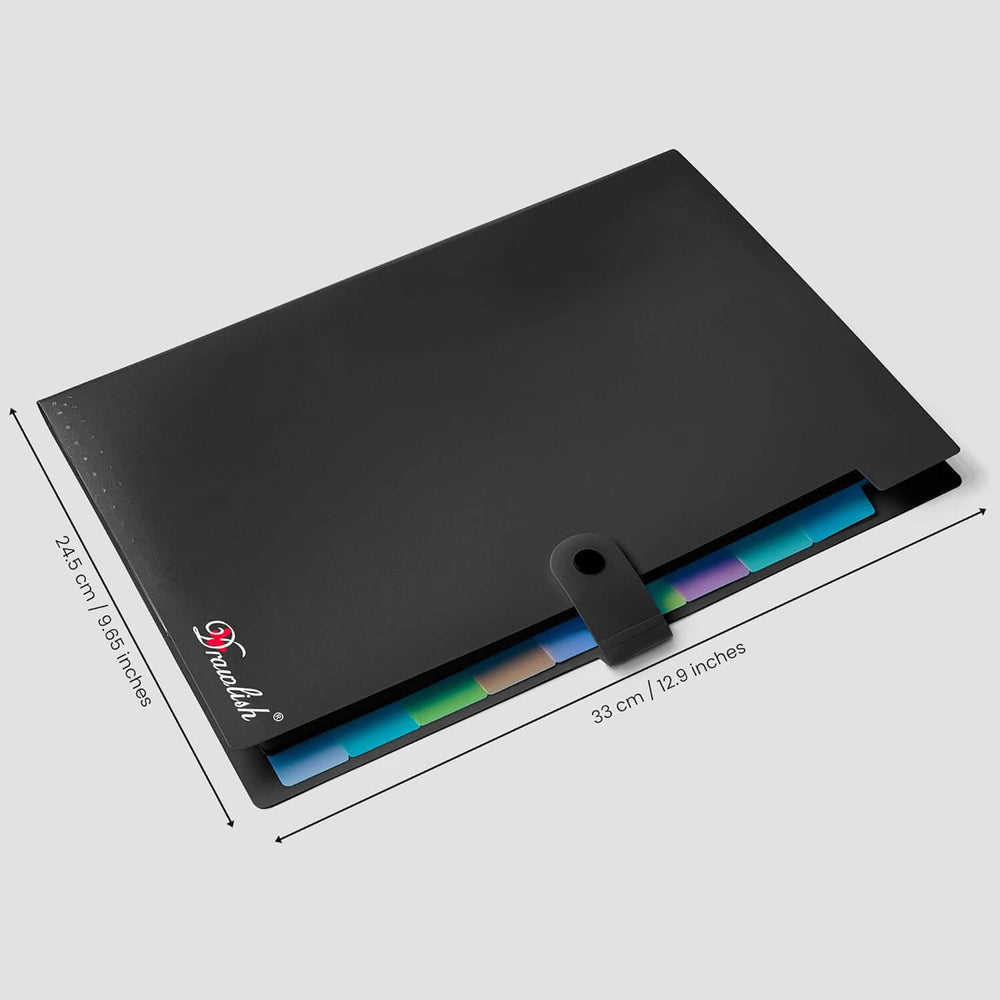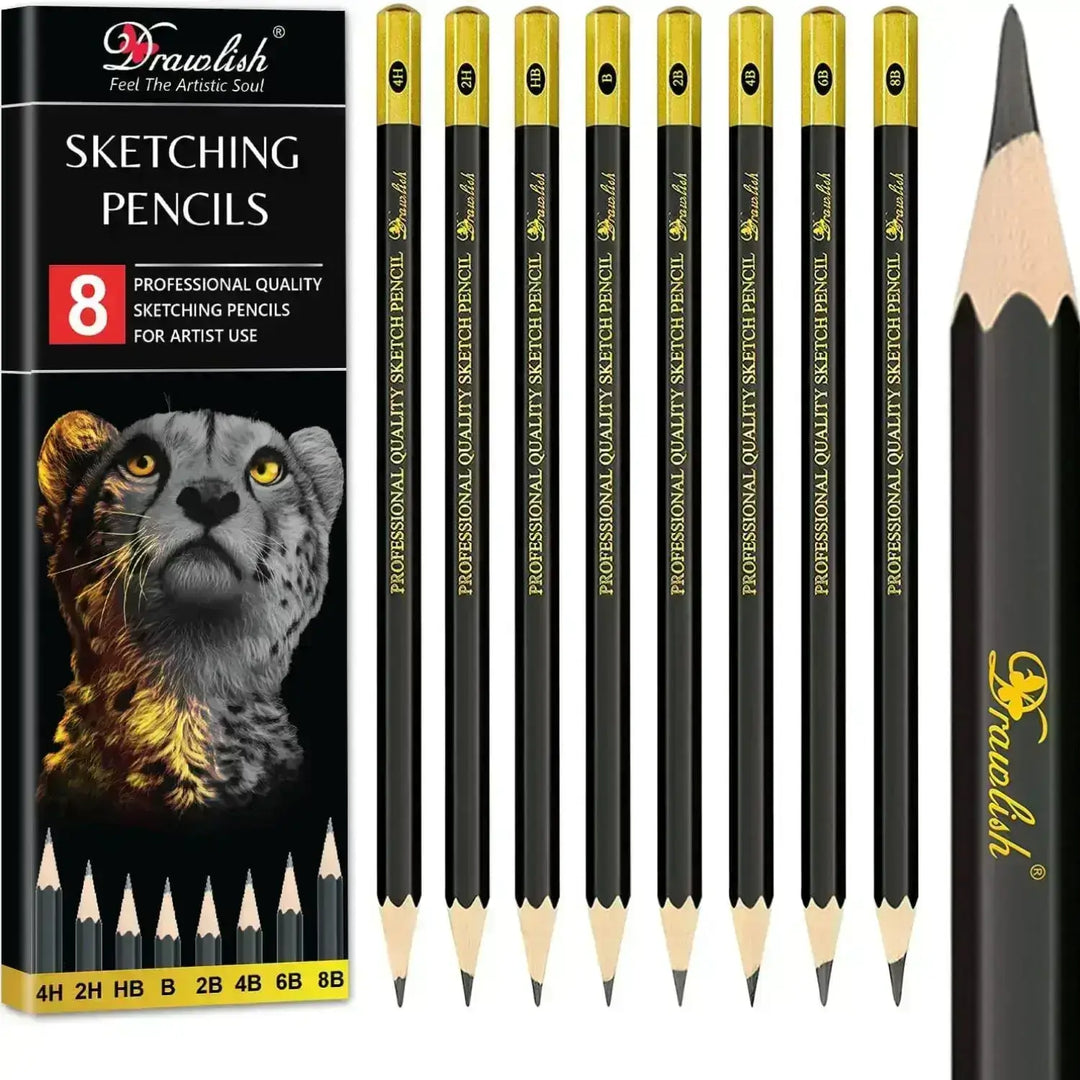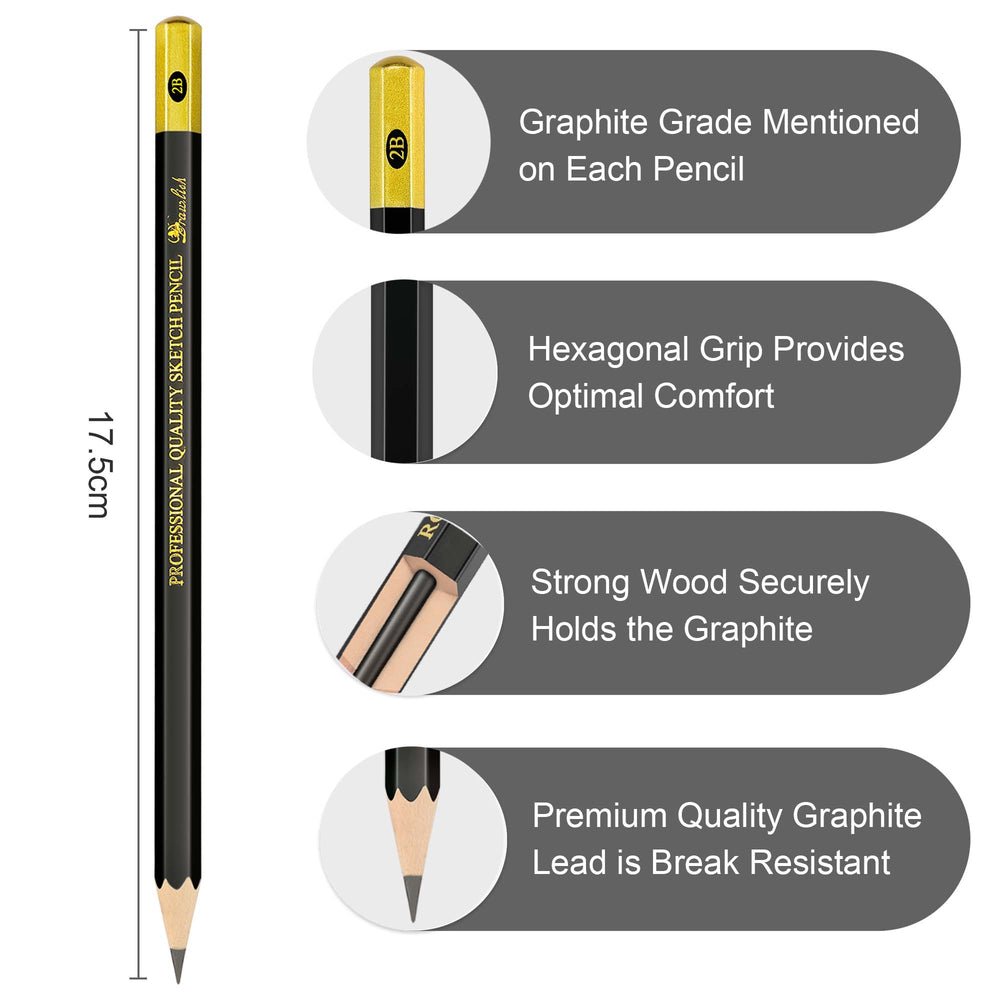Glazing vs. Acrylics: Which is Best for Pottery Painting?
Pottery painting is a creative and rewarding process, whether you’re adding designs to a decorative vase or personalizing a handmade mug. When it comes to painting ceramics, two main techniques stand out—glazing and acrylic painting. But which one is the right choice for your project?
Both methods offer unique benefits, and the best option depends on your artistic goals, the functionality of the piece, and the materials available. In this guide, we’ll compare glazing and acrylic painting to help you make an informed decision.
Understanding Glazing
Glazing is a traditional ceramic finishing technique that involves applying a liquid, glass-like coating to pottery. The piece is then fired in a kiln at high temperatures, which causes the glaze to bond to the ceramic surface. This method creates a smooth, durable, and often glossy finish.
Advantages of Glazing:
-
Highly Durable – Once fired, glazes create a tough, scratch-resistant surface.
-
Food-Safe – Many ceramic glazes are safe for dinnerware and drinkware.
-
Glossy & Professional Appearance – Glazes provide a smooth, polished finish that enhances colors.
-
Heat & Water Resistant – Glazed pottery can withstand high temperatures and moisture.
Considerations:
-
Requires a Kiln – The glazing process is only possible with access to a high-temperature kiln.
-
Longer Process – Pottery must be fired multiple times, which can take days.
-
Limited Color Control – The final color may shift during firing, making results less predictable.
Glazing is ideal for functional pottery such as bowls, mugs, and plates that will come into contact with food and liquids. However, for those without access to a kiln, acrylic painting offers a more accessible alternative.
Acrylic Painting on Pottery
Acrylic paints provide a versatile and convenient way to decorate ceramics without the need for a kiln. These paints adhere well to pottery surfaces and dry quickly, making them an excellent choice for decorative items. Drawlish Acrylic Paints offer rich pigments and smooth application, while Drawlish Paint Pens are perfect for adding intricate details.
Advantages of Acrylic Painting:
-
No Kiln Needed – Acrylic paints can be used on pottery at home without any special equipment.
-
Quick Drying – Unlike glazes, acrylics dry within minutes to hours, allowing for fast layering.
-
Vibrant & Customizable Colors – Paints can be mixed using Drawlish Paint Palettes to achieve unique shades.
-
Great for Detailed Artwork – Paint pens and brushes allow for fine lines and intricate designs.
Considerations:
-
Not Food-Safe – Acrylic paints should not be used on surfaces that will come into direct contact with food or drinks.
-
Requires Sealing – To protect the paint from chipping, a sealant is needed.
-
Not Heat-Resistant – Acrylic-painted pottery should not be placed in dishwashers, ovens, or microwaves.
Acrylics are an excellent choice for decorative pottery, such as vases, figurines, and display pieces. Sealing with a clear varnish will enhance durability and add a protective layer to the artwork.
Which Method Should You Choose?
The best option depends on your project’s purpose:
-
Choose glazing if you need a food-safe, waterproof, and highly durable finish. This is the best method for pottery that will be used daily, such as mugs or plates.
-
Choose acrylic painting if you want a versatile, easy-to-use, and quick-drying solution for decorative pieces. It’s perfect for home projects, gifts, or intricate artwork on ceramics.
Both techniques have their advantages, and in some cases, combining them—such as glazing a base layer and adding acrylic details afterward—can create stunning results.
Get Started with the Right Painting Supplies
For those opting for acrylic painting on pottery, having the right tools makes all the difference. Here are some must-haves:
-
Drawlish Acrylic Paints – High-quality, richly pigmented paints that work beautifully on ceramics.
-
Drawlish Paint Pens – Perfect for adding fine details, outlines, and artistic accents.
-
Drawlish Paint Palettes – Designed for easy color mixing and smooth application.
Whether you’re a beginner or an experienced artist, both glazing and acrylic painting offer exciting ways to personalize pottery. Choose the method that best suits your needs and enjoy the process of bringing your ceramics to life!







Leave a comment